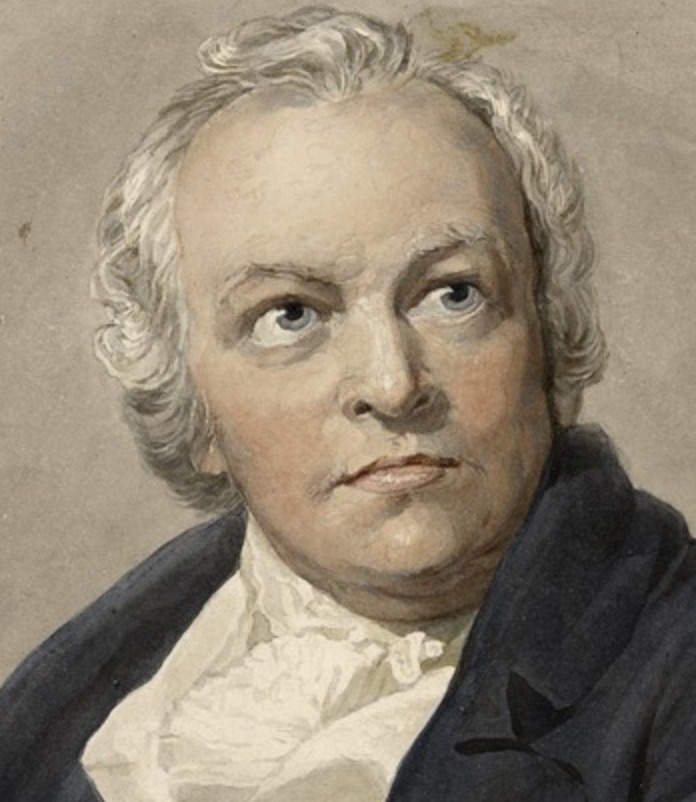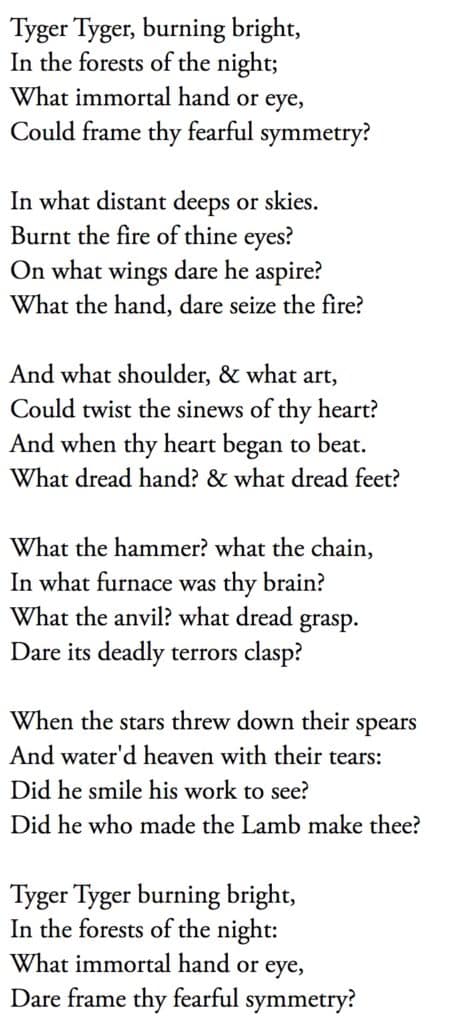
William Blake was born on November 28, 1757, into a family of modest means in London, England, and spent much of his life there. His artistic and literary work was not widely recognized during his lifetime, but he is now regarded as a visionary and a key figure in the Romantic Age. William showed an early interest in art and he began writing poetry at a young age. His parents encouraged his artistic pursuits, and at the age of 10, he was enrolled in Henry Pars’s drawing school.
In 1772, at the age of 14, Blake began a seven-year apprenticeship with the engraver James Basire. During this time, he honed his skills in engraving and developed a keen interest in Gothic art and medievalism. In 1782, he married Catherine Boucher, who was to be a significant influence and support throughout his life. Although he studied art at the Royal Academy of Arts for a short time, he had little formal education and was largely self-taught.
One of Blake’s notable contributions to printing and illustration was his development of a unique method called “illuminated printing,” in which he combined text and images on a single copperplate. This allowed him greater artistic freedom and control over the production of his works. When he embarked on a career in writing, he created intricate and symbolic illustrations for his own works and for those of other writers. His art often dealt with religious and mythological themes, and he developed a highly personal and imaginative style.
Blake’s literary works are often characterized by their mysticism, symbolism, and visionary quality. His major poetic works include “Songs of Innocence” (1789), “Songs of Experience” (1794), and the prophetic books, such as “The Marriage of Heaven and Hell” (1790) and “Jerusalem” (1804-1820). Spirituality was a central theme in much of his work. He had a complex relationship with organized religion and was critical of the conventional views of God and the Church. His personal spiritual vision often set him apart from mainstream religious beliefs. One of his most famous poems was his “The Tyger” that school children of previous generations used to memorize.

Blake faced financial difficulties throughout his life, and his artistic and poetic works were not widely appreciated during his time. He continued creating until his death on August 12, 1827, in London. It was only in the 20th century that his contributions to literature and art were more widely recognized and celebrated. William Blake’s work has since become influential in various fields, and he is now considered a key figure in the Romantic literary and artistic movements. His unique blend of poetry and visual art continues to captivate and inspire readers and artists alike.
